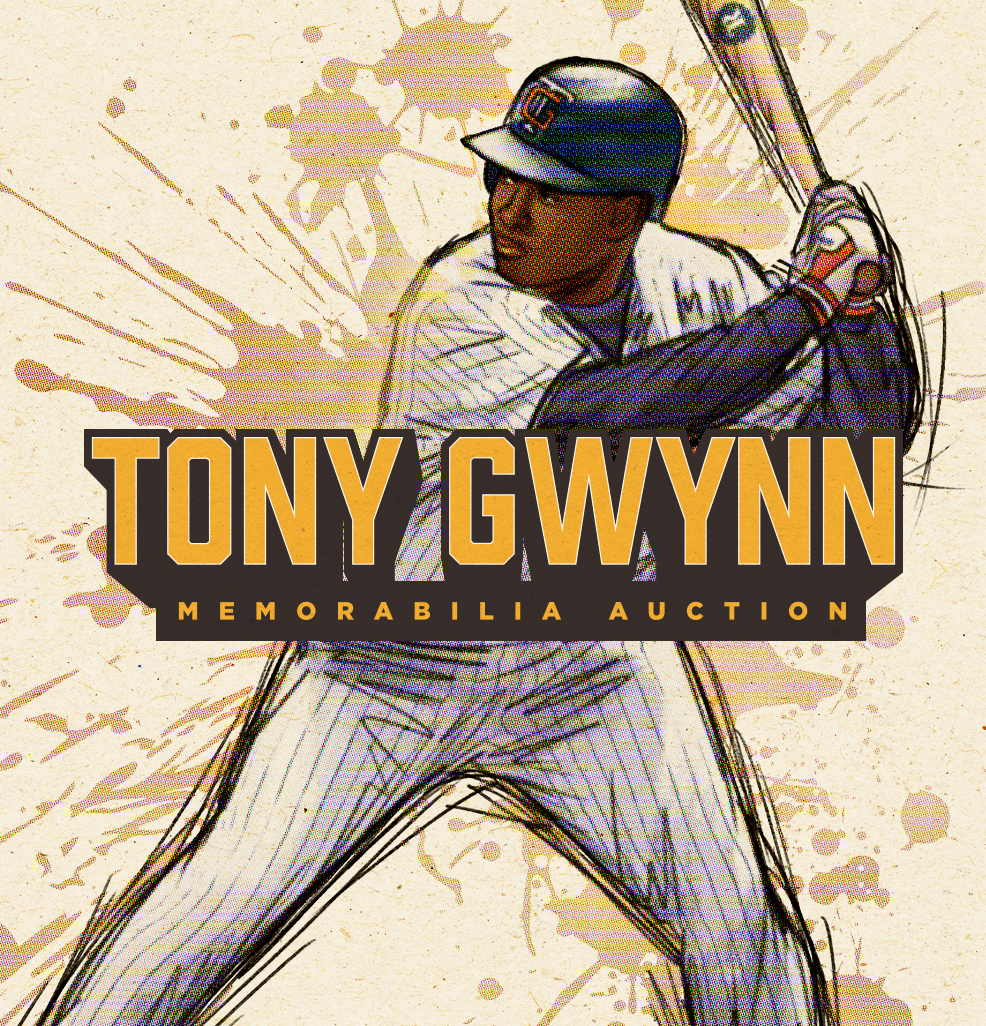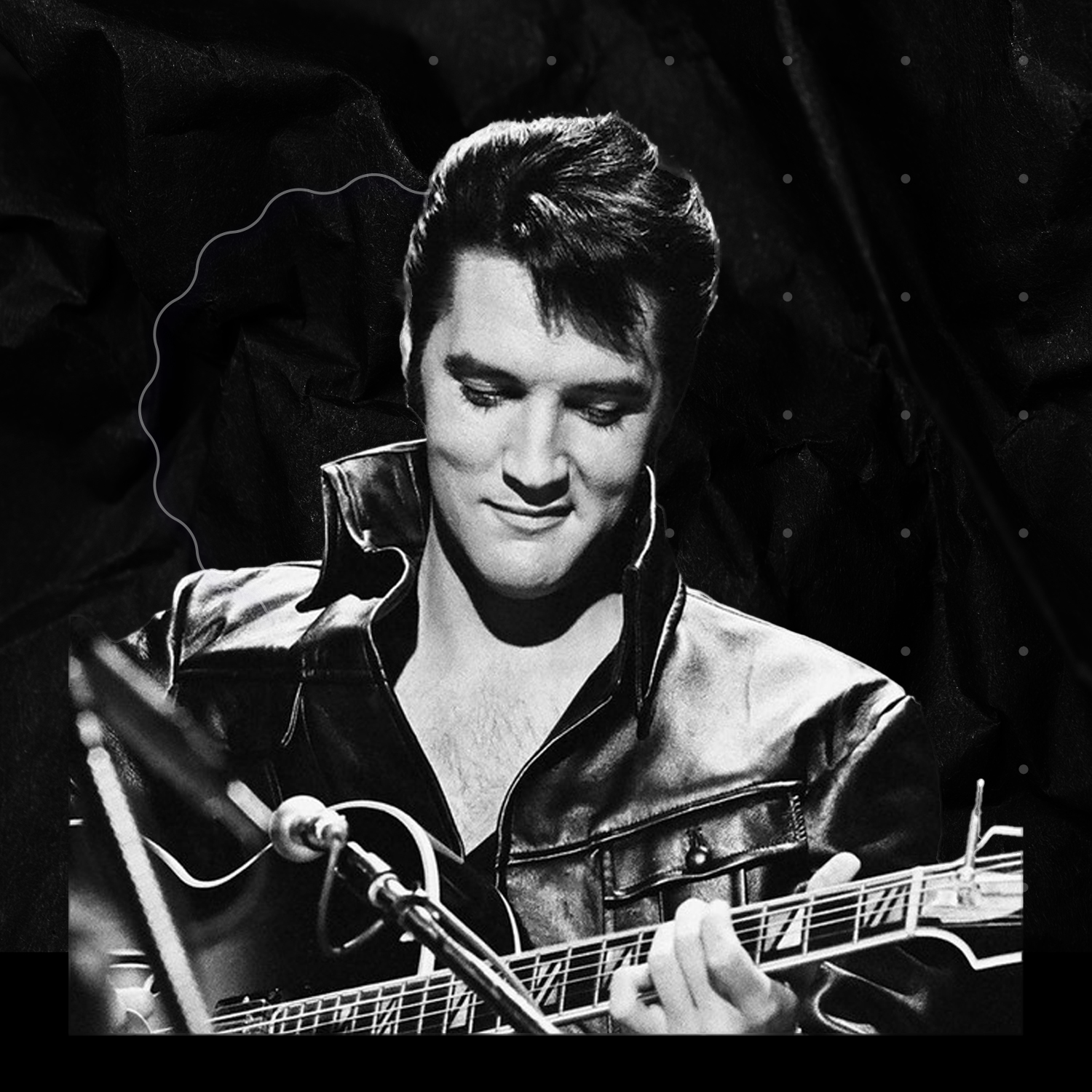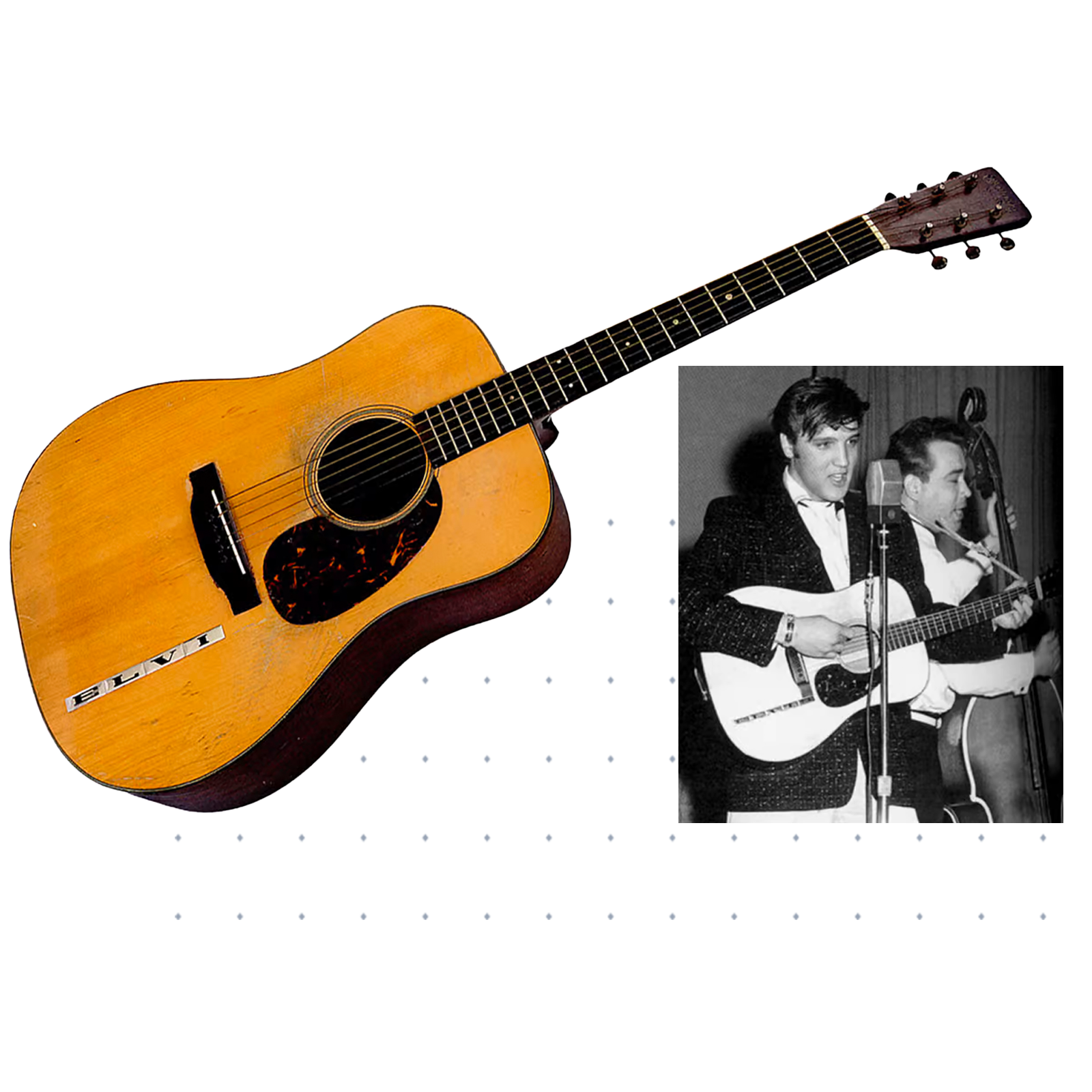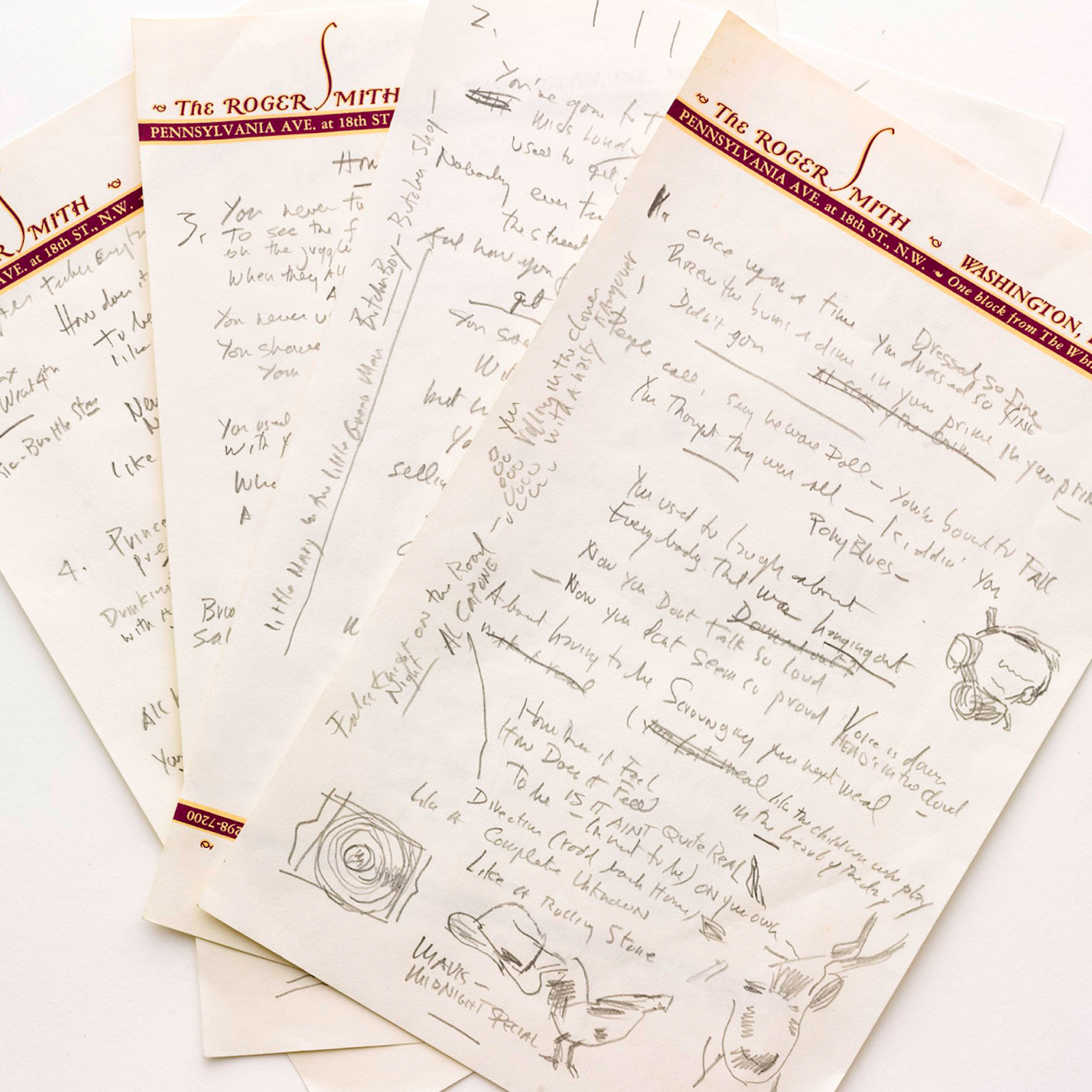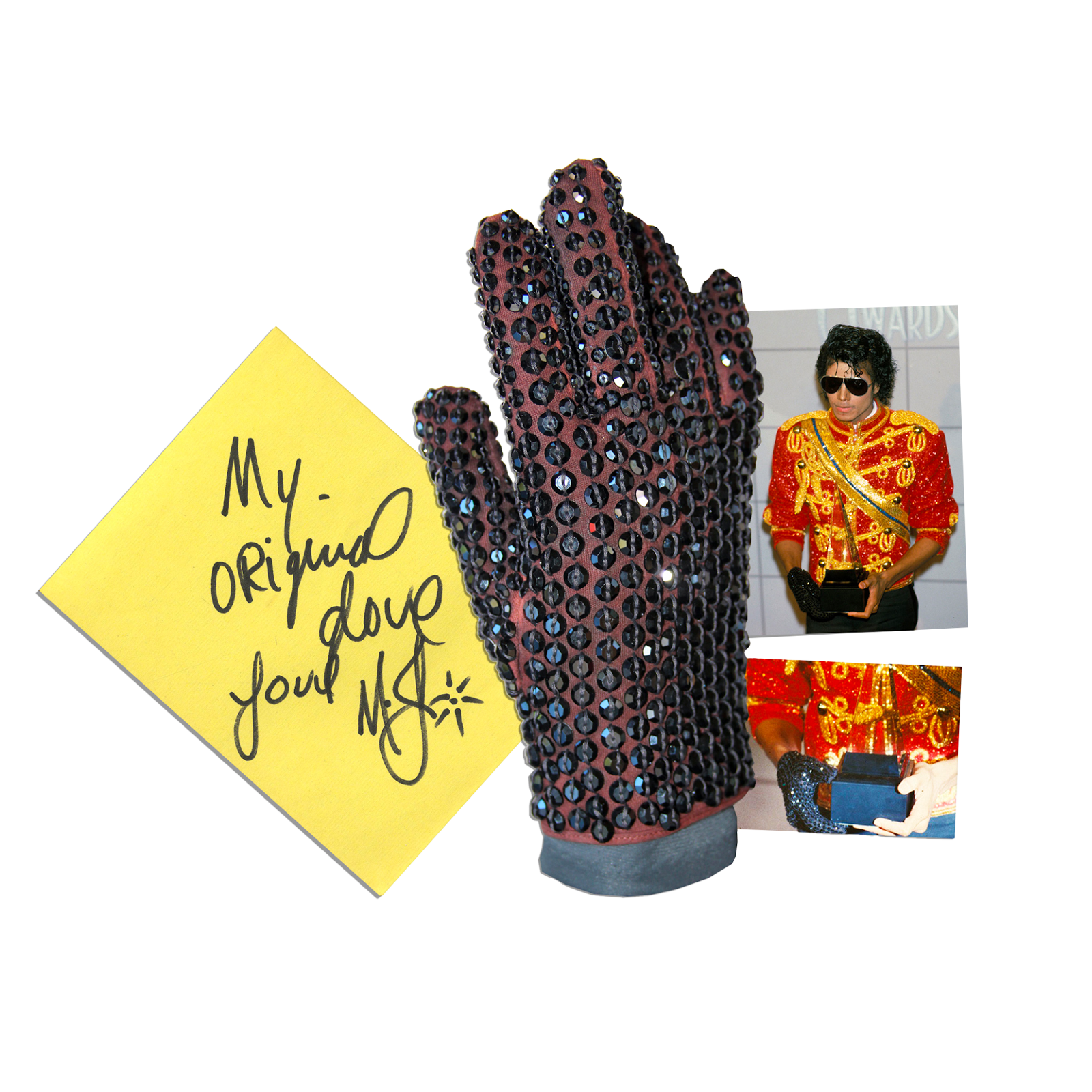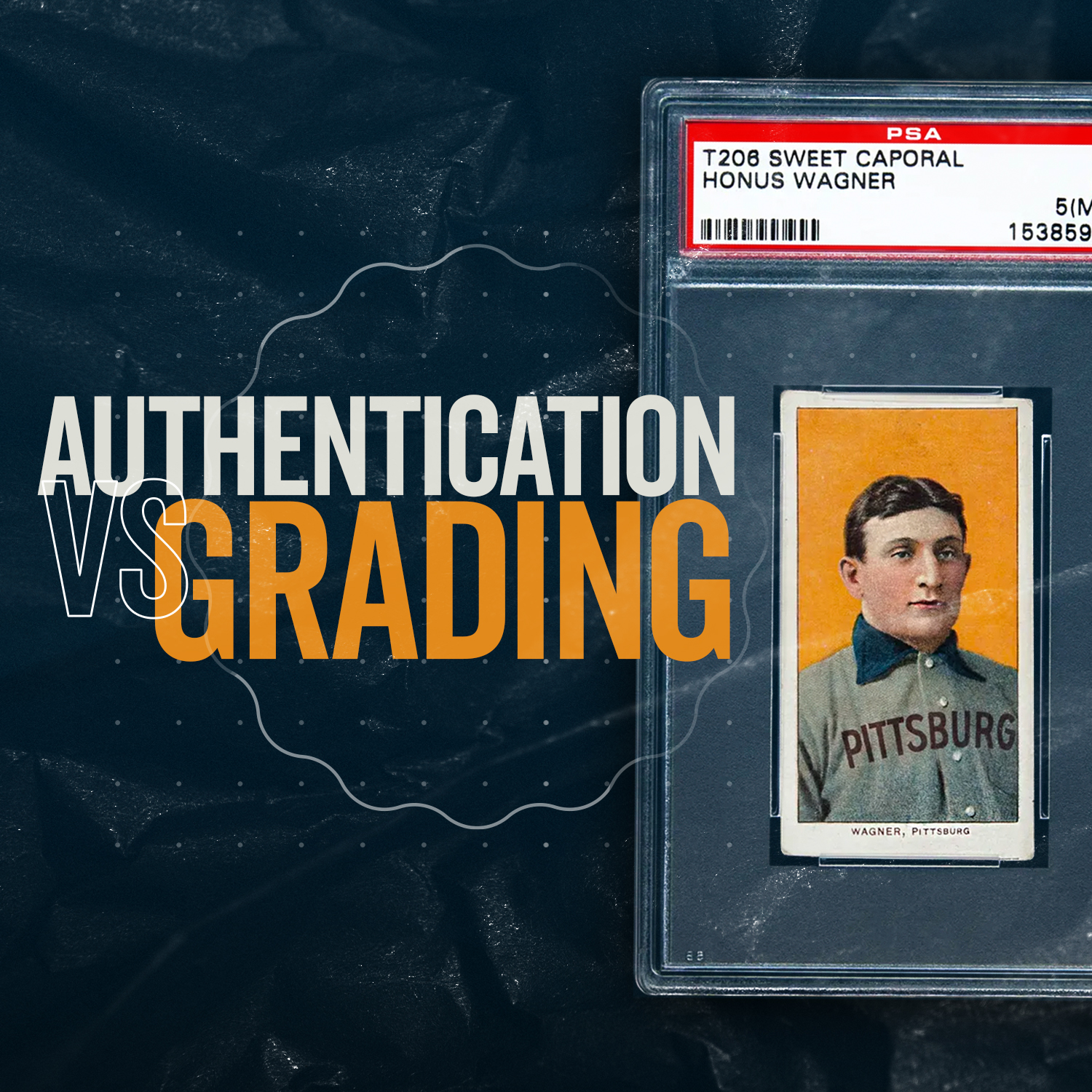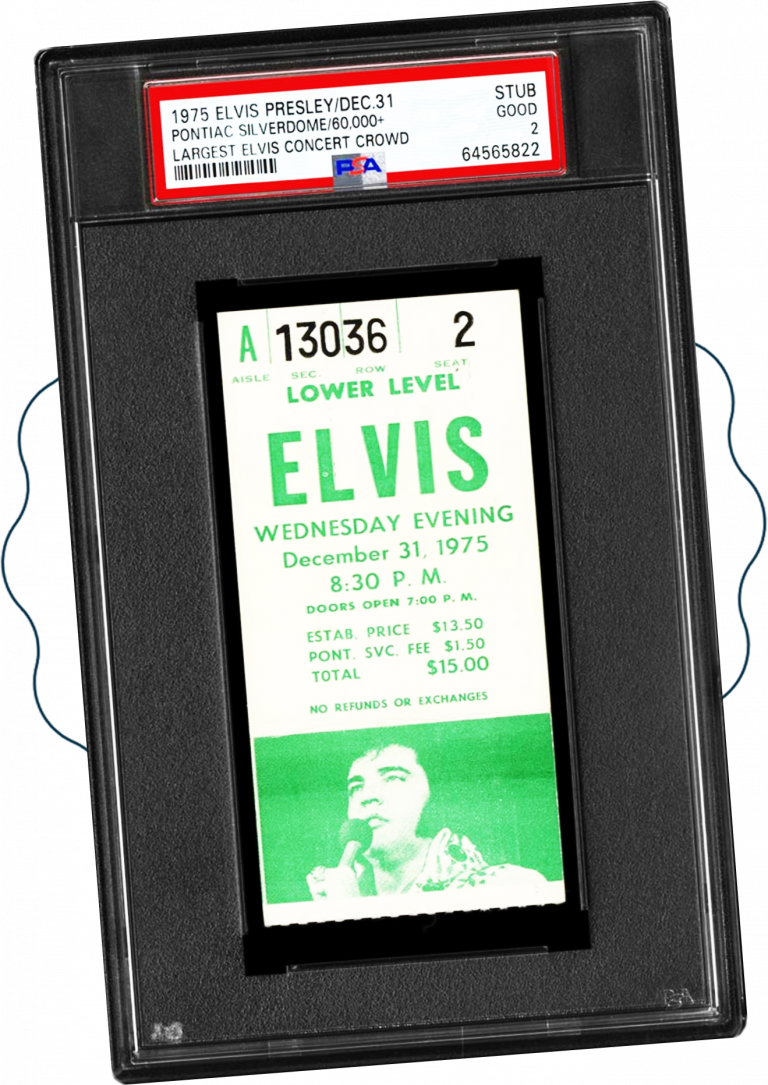
The Perfect (Snow) Storm: How A Pint of Eagles Snow Broke the Internet
The Perfect Snow Storm: A Pint of Eagles Snow Story

This week, a pint of snow from Lincoln Financial Field turned into one of the most viral sports collectibles on the planet. It earned a 90-second feature on Good Morning America, coverage by ESPN, The New York Times, TMZ, WorldstarHipHop, NFL social channels, and every local Philly news outlet. To some, it’s baffling—“Who pays for a bag of snow?” But to others, it’s a priceless symbol of a moment in sports and internet history. Here’s the behind-the-scenes breakdown:
The What: Our Thought Process (and the Meme Economy)
We live in a world where meme culture isn’t just a pastime—it’s the way we assign value. As many (like Sam Lessin) have pointed out, nearly all wealth is stored in “memes” and beliefs; whether it’s real estate, crypto, or mega-cap stocks, value ultimately comes down to supply, demand, and shared stories we tell ourselves.
In that sense, launching “Eagles Snow” as a collectible is how we adapt to this new reality: if something sparks enough emotion or captures an important moment in culture, it becomes meaningful. The plan from the start was to tap into the powerful belief systems around sports fandom—where a memory is everything. We knew the concept would be polarizing, but we saw it as a chance to test how a shared meme (in this case, “the Eagles, an iconic game, the excitement of the future”) could become a tangible artifact.
The Why: Worthless vs. Priceless
Snow melts. It’s free if it’s falling in your backyard. Yet for die-hard Eagles fans, this particular snow isn’t just water crystals—it’s a snapshot of a historic moment in the team’s illustrious history. Sports fandom has always hinged on memories: a nail-biting win, the passion of a rivalry game, the electric energy in the stadium, and the joy and pain shared collectively with wins and losses. To most, this product is “worthless,” but to Eagles fans who watched or were at the game, it’s priceless.
When a Michael Jordan jersey sold for $10.2 million, it was made of the same fabric as any other jersey—yet its value skyrocketed simply because it was the one he wore. The importance lies in who wore it and when, which matters immensely to those who care about Michael Jordan, basketball, and sports culture. This shared belief in a moment’s significance is what drives seemingly ordinary items to extraordinary heights.
The How: Authenticity on Site
One question we hear often is, “How do we know it’s real snow from the stadium?” It’s a fair concern—especially in an industry where the FBI estimates that up to 90% of memorabilia may be fake. It’s all too easy for someone to scrape snow from just outside the stadium gates (or their own driveway) and claim it’s authentic. This is why we invest in the most advanced authentication technology in the business and take the process extremely seriously. Our on-site authenticators documented every step of the collection: where, when, and how it was gathered, plus how it was stored and labeled (Yes, we sealed them shut in coolers stored in appropriate temperature and behind lock and key).
In a deepfake and AI-driven world, clear provenance is more important than ever. If even one item is suspect, the entire market suffers. The Realest is building a platform to fight that—ensuring fans can trust that the snow (or any other item) is 100% legitimate and its chain-of-custody tracked since inception. When we saw snow in the forecast, we immediately brought in coolers and devised a plan to authenticate, preserve, and ship the snow properly. We even tapped into ice cream logistics—using dry ice to maintain quality while getting it to fans quickly. Moving fast is essential in today’s landscape, and this was a textbook example of how you must operate using tight turnarounds.
The When: You Never Know What Will Work
We sensed “Eagles Snow” would spark both love and skepticism—and that’s exactly what happened. Some people find it ridiculous, and to them, it is worthless. But for others, it’s like a family heirloom or a photograph: deeply meaningful because it preserves a memory. Polarizing ideas often break through the noise. Just look at companies like MSCHF—viral success often hinges on unapologetically unique concepts.
The Eagles community, by and large, has embraced it. Even defensive captain Darius Slay weighed in:
“That’s why this is the best city—fans are passionate. We’re buying snow. I love it.”
This perfectly underscores the emotional gravity behind these collectibles and fandom in general.
Not Just About Money
You can do the math on how much these snow pints sold for- and no one got rich (we only collected enough snow for about 100 pints, given the tight turnaround and our need to execute quickly at a high level). The bigger story is about amplifying and delivering a unique moment to Eagles fans. In turn, this buzz helped spotlight the Eagles x The Realest memorabilia marketplace—where game-used jerseys, meaningful collectibles, and even the team’s stadium tunnel LED sign (which sold for $7,500 last night!) connect fans more deeply to the moments they love.
At its core, this isn’t about extracting dollars (even though we obviously are a business). It’s about harnessing collective energy, turning fleeting moments into cherished keepsakes, and offering the most passionate fans a new way to engage—with complete confidence that what they’re buying is authentic in an industry notorious for fraud. It’s also about bringing new audiences into the memorabilia world. While the sector is already large financially, there’s massive room for growth if we can onboard younger, more diverse demographics. Viral moments like “Eagles Snow” can spark fresh interest and reimagine what memorabilia can be, and introduce them to the world of collecting.
At The Realest, our mission extends beyond offering high-ticket items, such as a $15,000 Cooper DeJean game-used jersey. We recognize that not everyone can afford such collectibles, which is why we are dedicated to creating memorabilia that anyone can own. By offering a diverse range of products that evoke nostalgia and cherished memories, we strive to make the joy of owning a piece of Eagles history accessible to every fan.
The Bigger Picture
Ultimately, the “Eagles Snow” phenomenon shows how beliefs drive value—just as we see in everything from crypto to real estate to stocks. When people connect emotionally with a moment, even something that seems “worthless” can become priceless. It’s a testament to the power of creativity, community, and a good splash of internet chaos.
I couldn’t be more proud of our team at The Realest for pulling this off from thin air—and to The Eagles for working with us this season hand in hand to help revolutionize sports memorabilia on every level. Because when it comes to fandom, it’s those small but meaningful moments that remind us why we care so much in the first place.
Whether you think it’s brilliant or absurd, the viral Eagles snow sale reveals one thing: in today’s meme-driven world, the simplest ideas can capture the biggest headlines. And if it helps fans celebrate the memories that matter, that alone makes it more than just a pint of snow.
